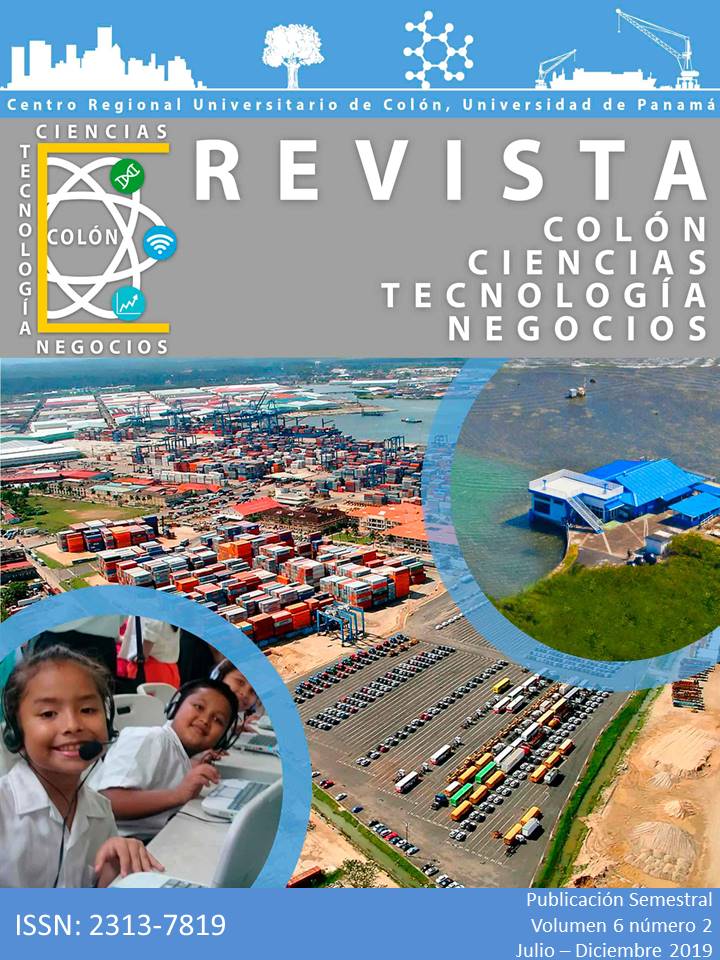

Históricamente, las estadísticas revelan que la población mayormente expuesta al VIH/ SIDA son personas con edades entre los 20 a 34 años, es decir, adultos jóvenes en donde el conocimiento y los medios mediante los adquieren se asocian como un factor de riesgo a la enfermedad y que requiere la atención de las autoridades. Objetivo: Diagnosticar el nivel de conocimientos, medios consultados y métodos de prevención empleados para su protección en actividades sexuales. Materiales y métodos: El estudio se centra en la población de jóvenes estudiantes de la Universidad de Panamá matriculados en el año 2016. La muestra estuvo constituida por 310 estudiantes. Para la recolección de los datos se utilizó un instrumento validado por medio de expertos y una prueba piloto. Resultados: Los resultados muestran que la distribución de la muestra de 60% (187) mujeres y 40% (123) hombres. Del total de estudiantes, el 90% eran solteros, un 36.5% (113) hombres solteros y 53.2% (165) mujeres solteras, un 0.6% no respondió. Menos de la mitad de los estudiantes manifestaron tener conocimientos sobre el VIH y más de la mitad ha tenido relaciones sexuales. Destacan las relaciones con la misma pareja como el método de prevención. Los medios de comunicación son la fuente de consulta más popular, sin embargo consideran que en las escuelas se debiera brindar más información sobre el tema. Conclusiones: Los jóvenes requieren más información sobre el VIH y que ésta sea de calidad. Aún persisten conductas de riesgo, teniendo sexo a temprana edad (16 años en promedio), donde apenas el 52% de estos usó el condón en su primera relación sexual como medida de prevención.